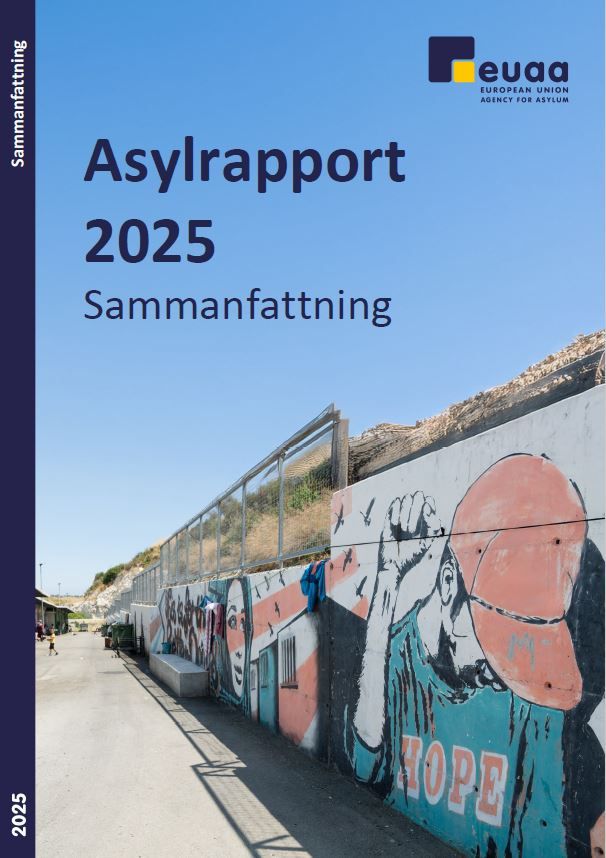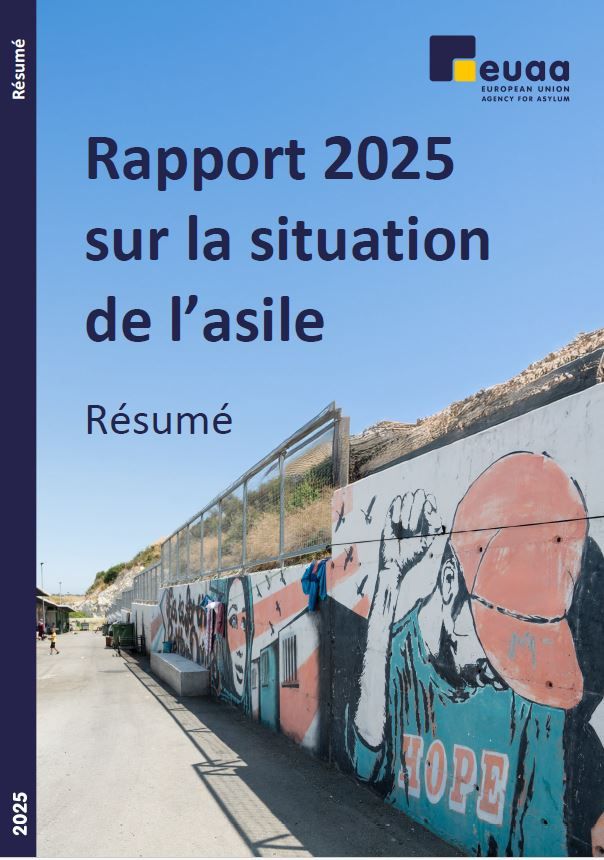Foreword
The adoption of the Pact on Migration and Asylum was a milestone in the evolution of the Common European Asylum System (CEAS), signalling the transition to a new era. The legal and operational instruments of the Pact have equipped Europe with tools that are flexible to address protection needs in an environment of increased uncertainties, shifting migratory patterns and unpredictable foreign policy shifts. Time and again, European countries, acting as a community of values, have proven their commitment to work together, pool their assets, integrate their efforts and develop solutions to ensure access to protection for those in need.
The European Union Agency for Asylum (EUAA) has played a key role in helping EU+ countries to lay the groundwork and optimise protection responses. To this end, significant advances took place in 2024. For example, the Agency’s dedicated Pact Programme helped Member States to prepare for the practical implementation of the Pact by providing tailor-made training, situational awareness, and quality tools and guidance on practices. Furthering its role as a centre of training excellence, the EUAA received official recognition as a provider of higher education from the Maltese authorities. Through this mechanism, the Agency will build capacity in Member States to operate effective and harmonised asylum and reception systems.
The adoption of the Agency's first-ever Fundamental Rights Strategy demonstrates our commitment to ensure that the rights of applicants for international protection are fully respected across our activities. Likewise, the establishment of the EUAA Monitoring Mechanism aims to prevent or identify possible shortcomings in the functioning of national systems, thus enhancing the practical application of CEAS. The first pilot monitoring exercises are already under way in 2025. To further assist national operations, the Agency has deployed a record number of personnel across 13 Member States.
Acknowledging that situational awareness based on high-quality, diverse sources of information is the cornerstone of informed policymaking, the Agency produces a wealth of analytical outputs on asylum, among which is this flagship publication. This year, the Asylum Report is delivered to you in a revamped, more succinct format to present annual developments related to CEAS and focused country overviews. This new format has kept the essence of the Asylum Report unchanged: it is your go-to source for an analytical and balanced insight into asylum in Europe. As such, it will be used as an important resource for the first ever Annual Asylum and Migration Report prepared by the European Commission.

Nina Gregori
Executive Director of the European Union Agency for Asylum
Introduction
The Executive Summary of the Asylum Report 2025: Annual Report on the Situation of Asylum in the European Union summarises the key developments in international protection which are presented in detail in the main report. The summary is available in 30 languages, including all EU languages and Albanian, Arabic, Macedonian, Russian, Serbian, Turkish and Ukrainian.
The information that is presented in the main report can be filtered through various, user-friendly resources:
-
The National Asylum Developments Database presents the legislative, institutional and policy developments which are described in the report. Updates can be searched by country, topic, year and type of development. The information is also summarised and presented in a table by country and by thematic area in a PDF document.
-
The report presents a selection of jurisprudential developments based on the EUAA Case Law Database. The hyperlinks within the text bring readers to the specific case in the database.
-
The sources used for the production of the Asylum Report are presented in the list of references at the end of the report. They are also available in a separate, detailed Sources on Asylum 2025, grouped by type of source. Readers can easily identify whether sources are from European institutions and agencies, international organisations, national authorities, civil society organisations or think tanks and academia.





